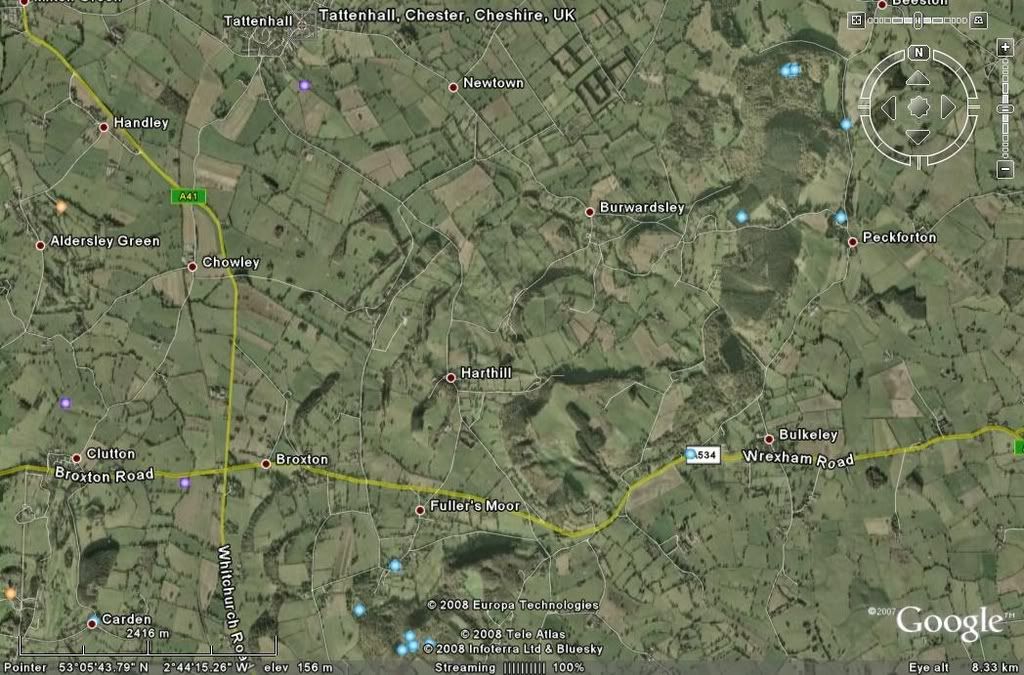
Gotta get going.
Adventures in Albion

The Viscountess Ridley
I hope you enjoy the nettle soup. The hardest work is picking the nettles. Half a pound is a lot of small leaves, but it is fun to do, in season, once a year.
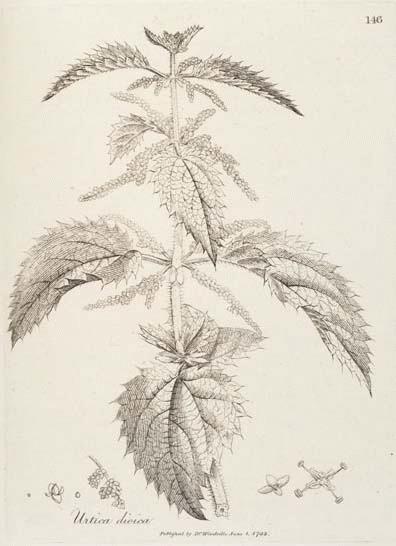
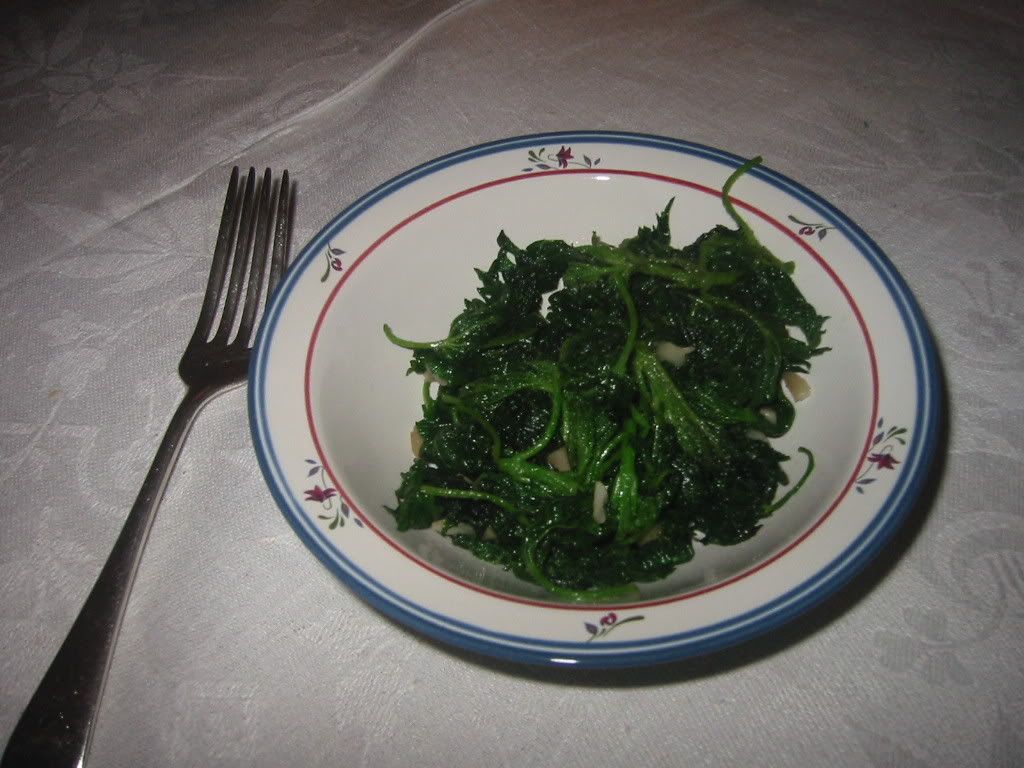

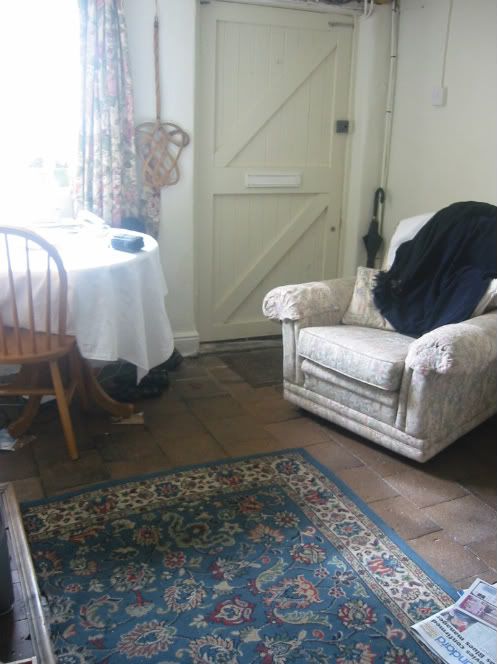
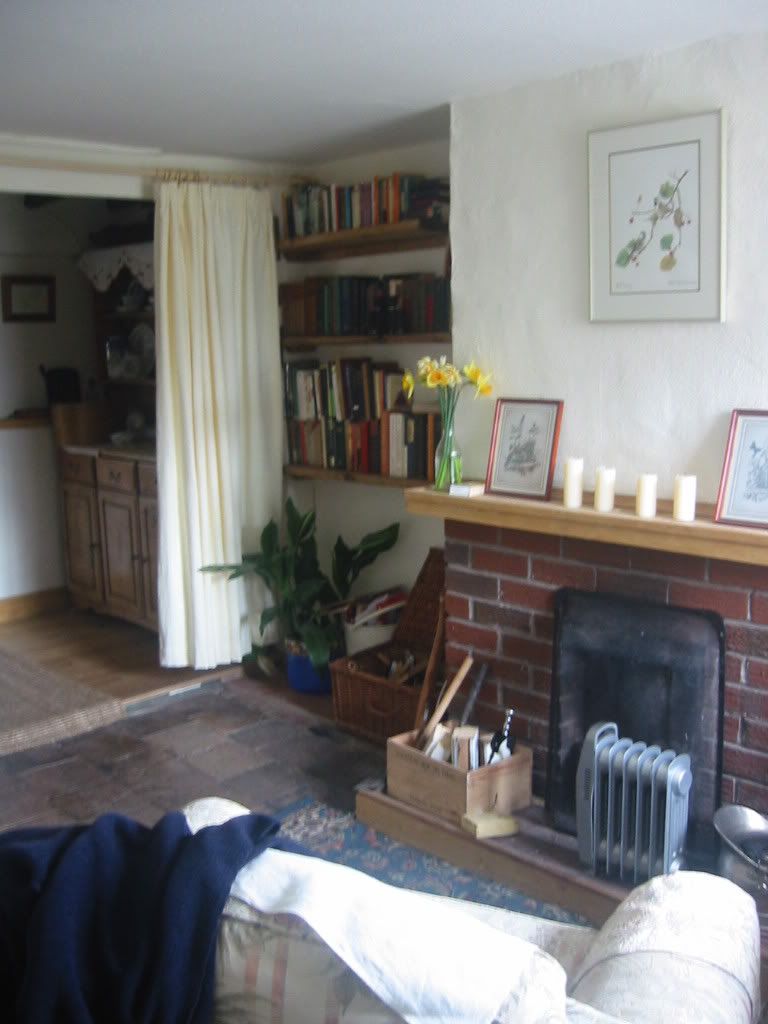
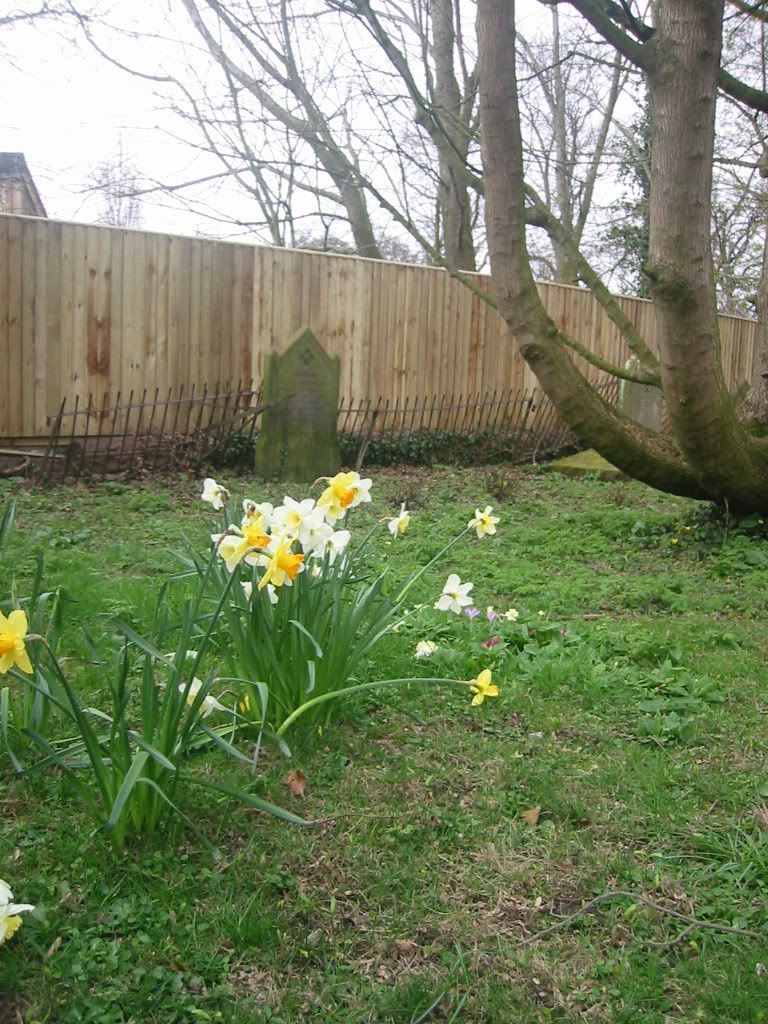
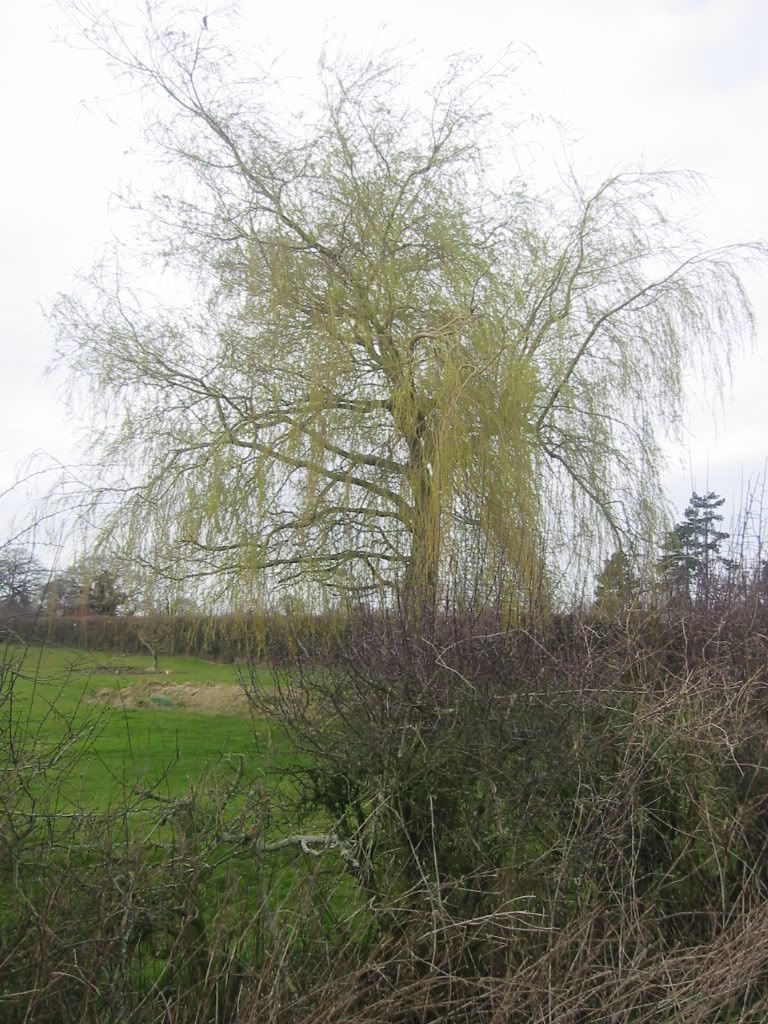
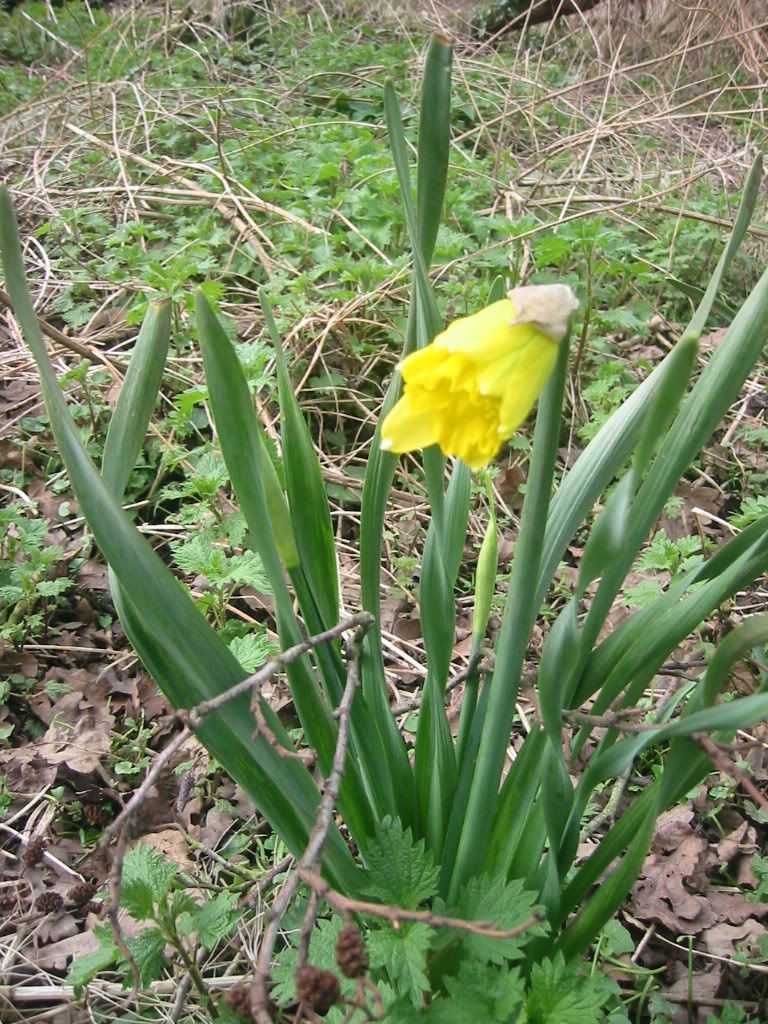
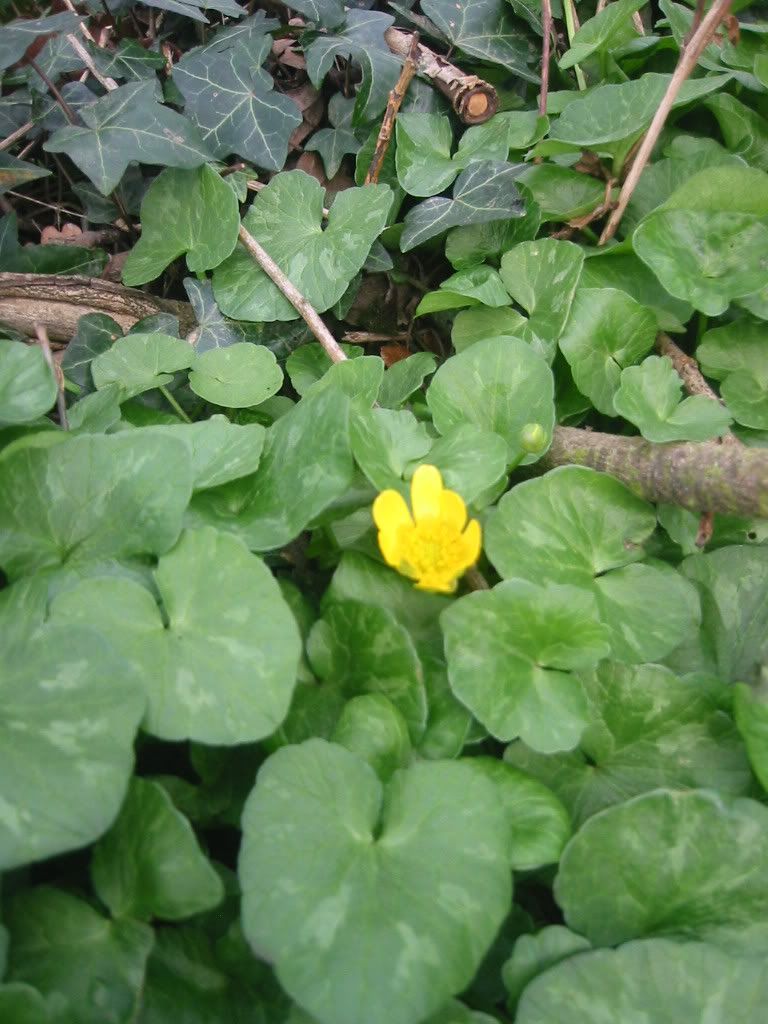
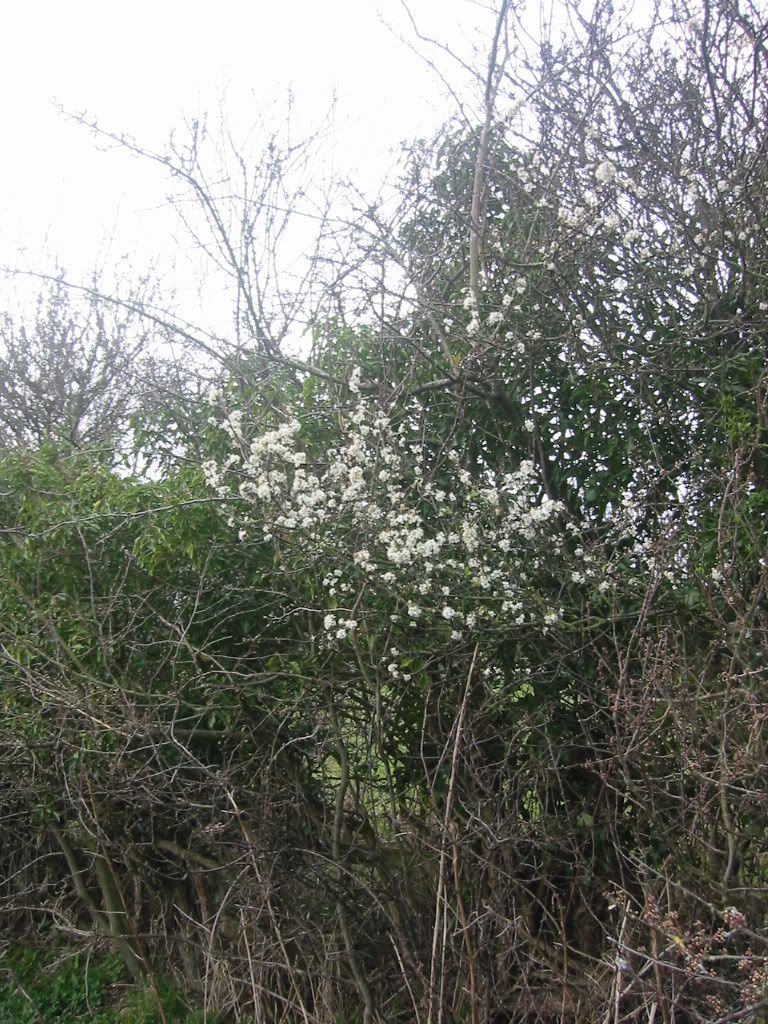
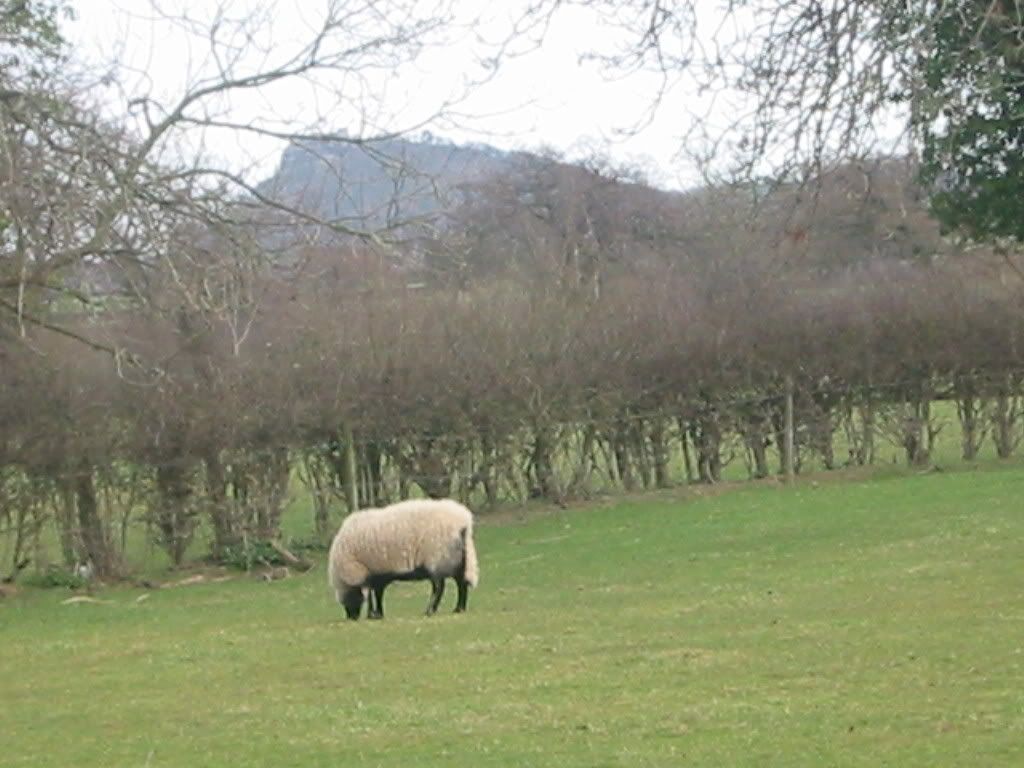
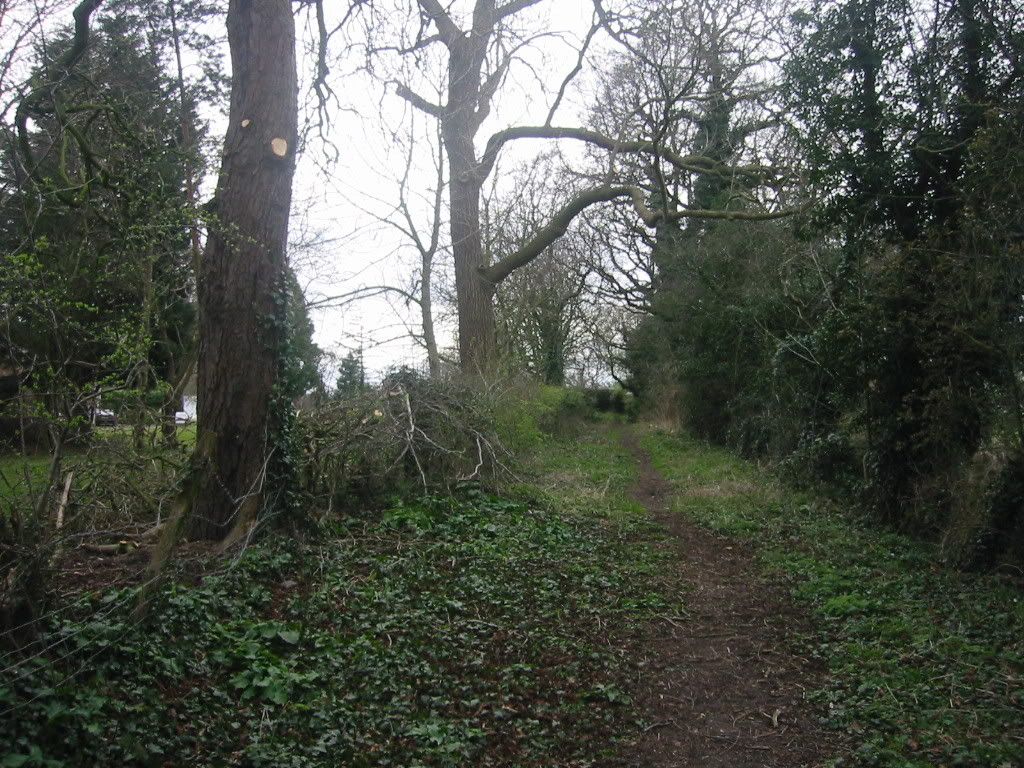
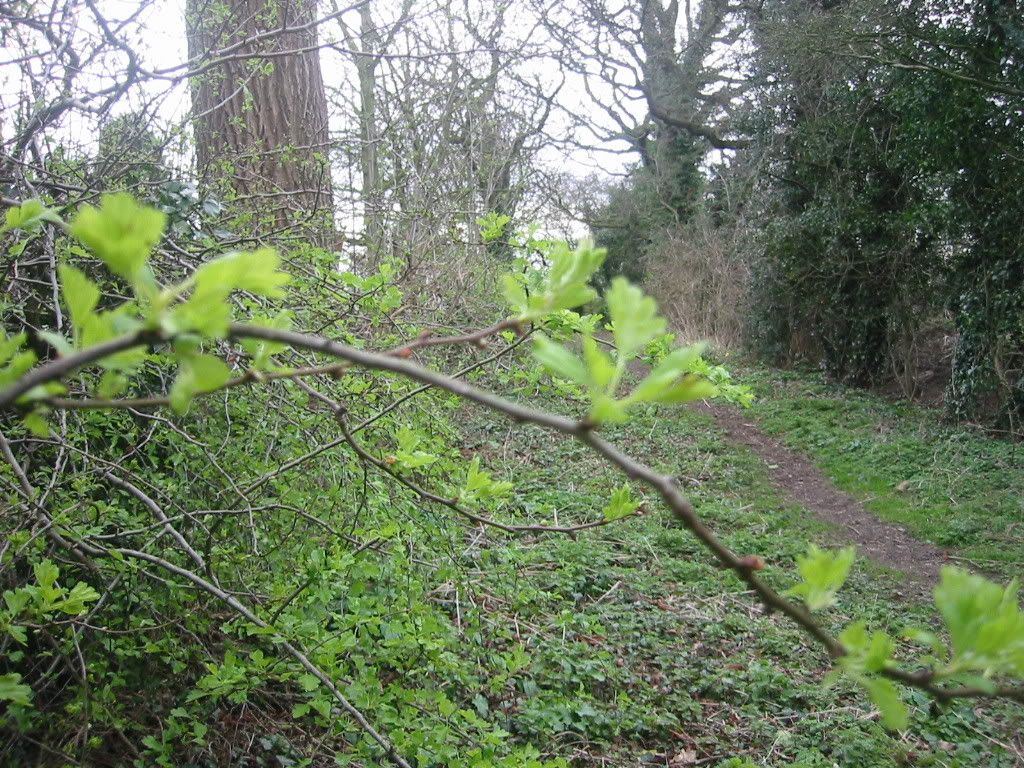
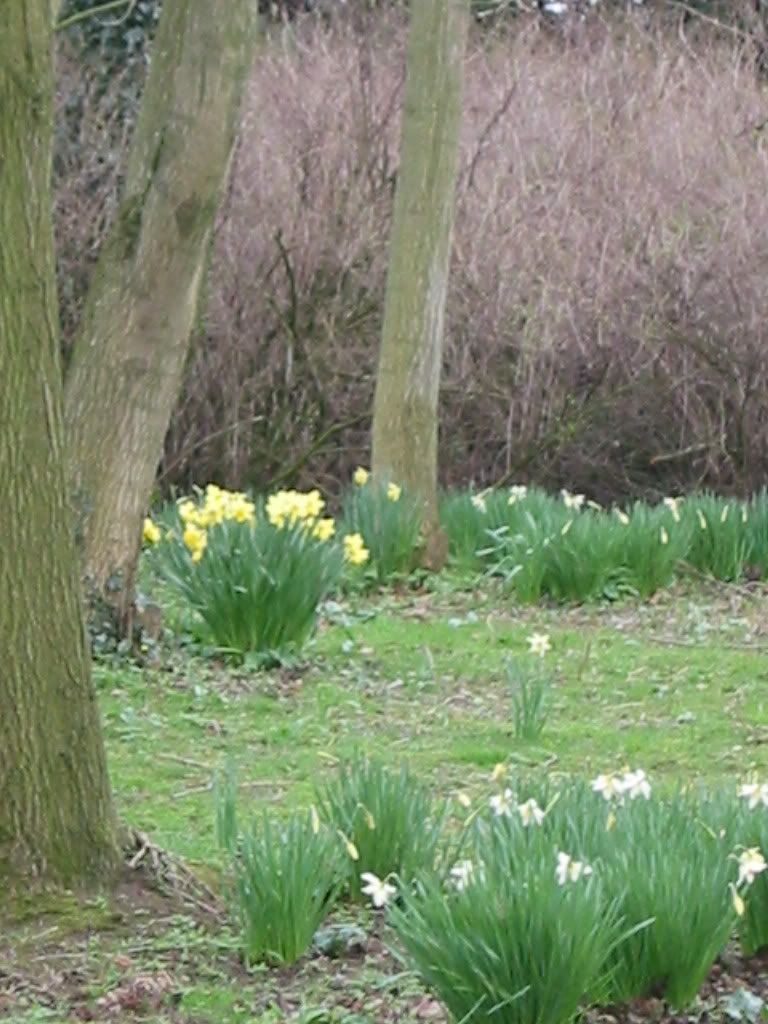
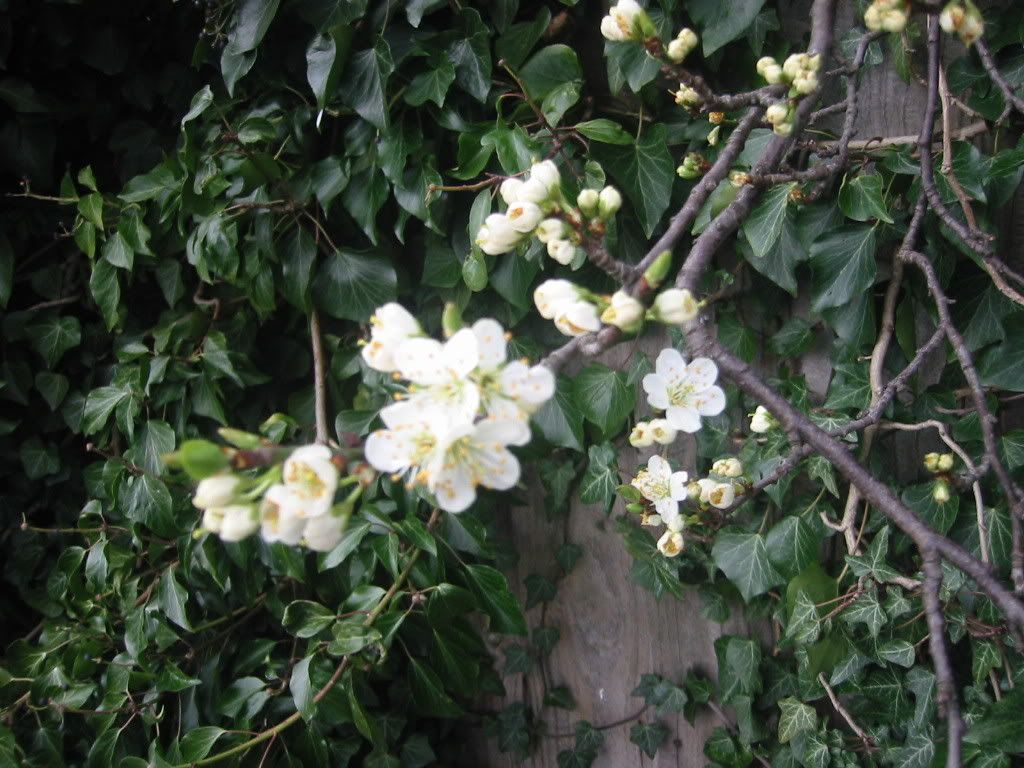
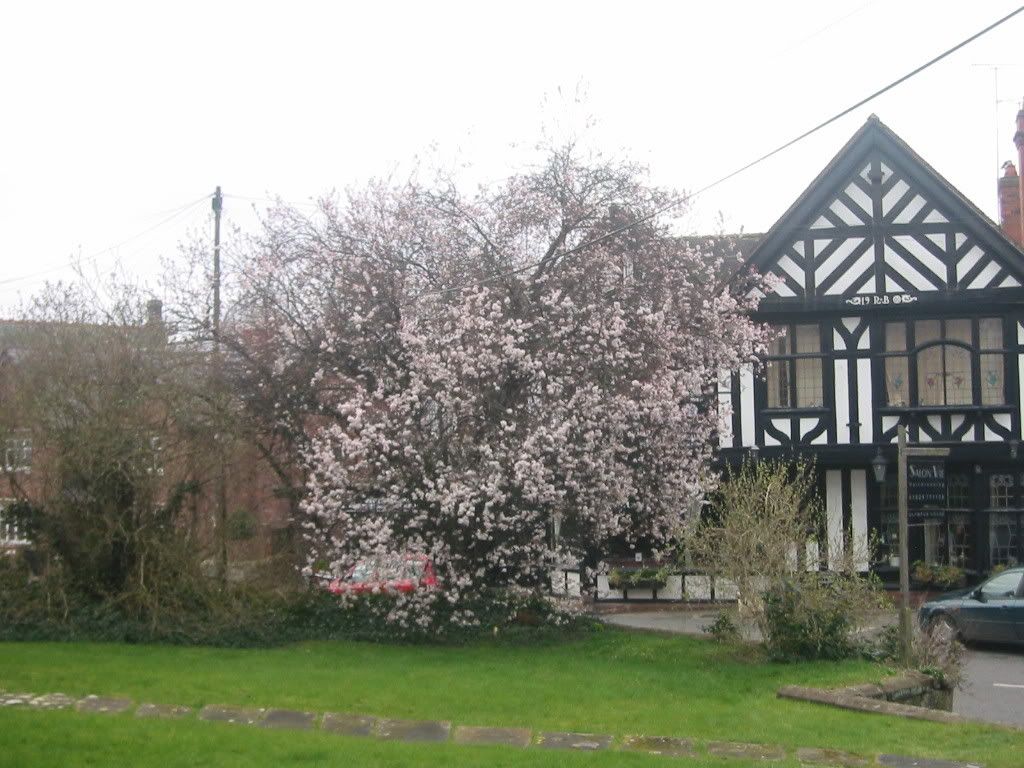
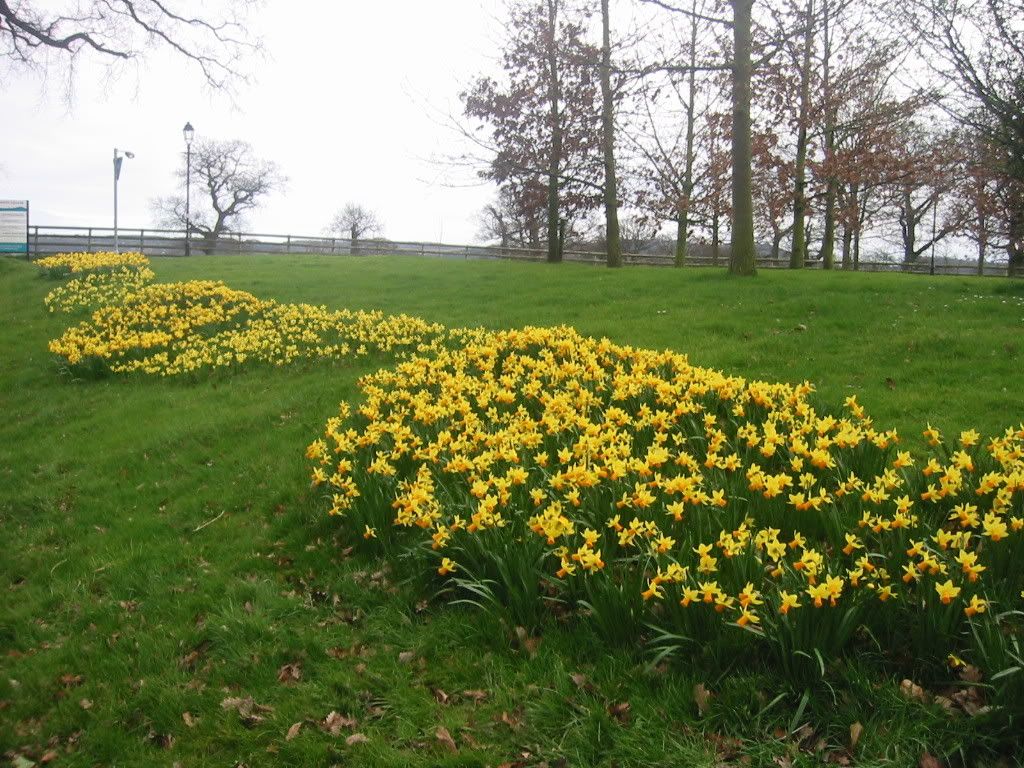
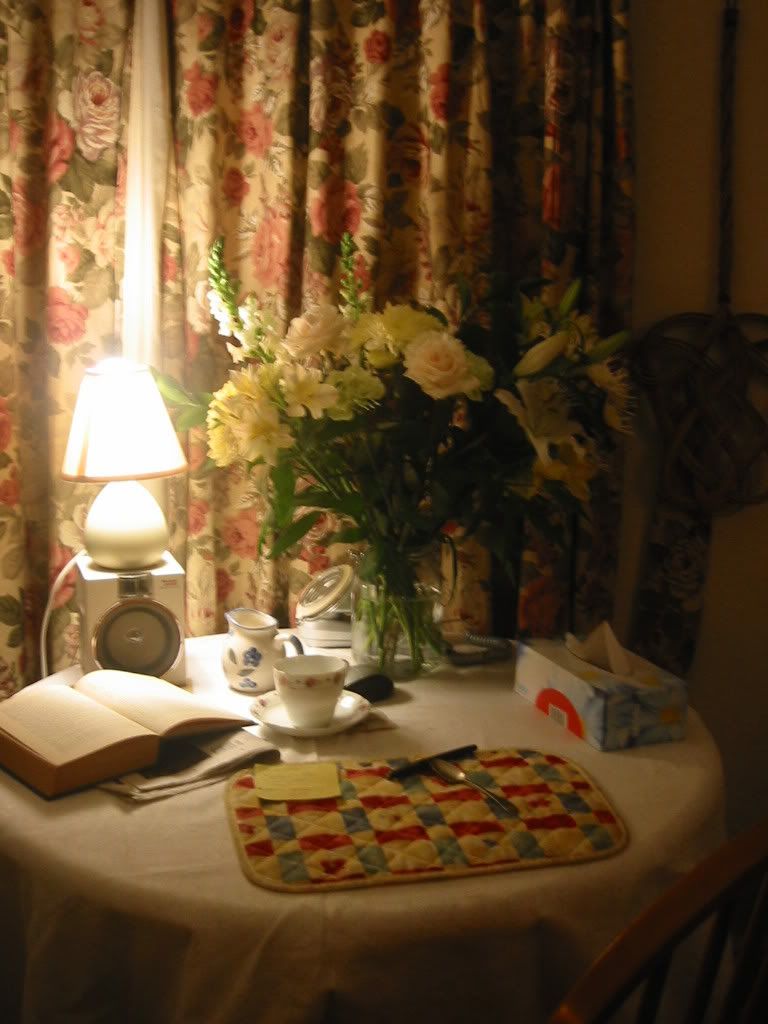
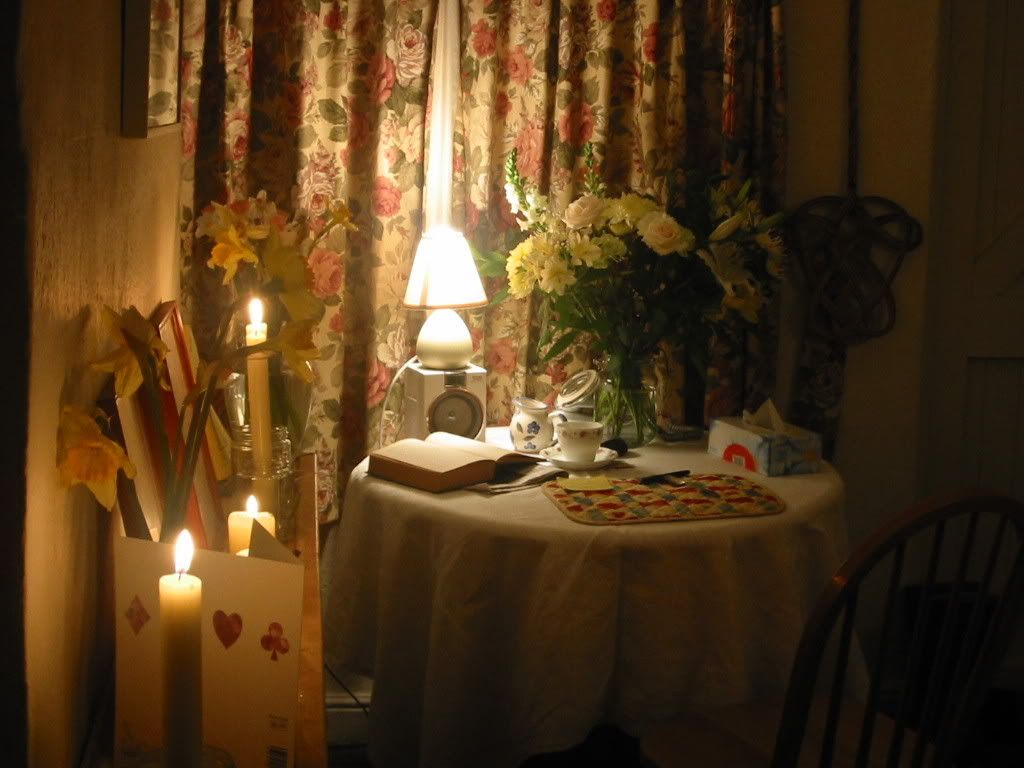
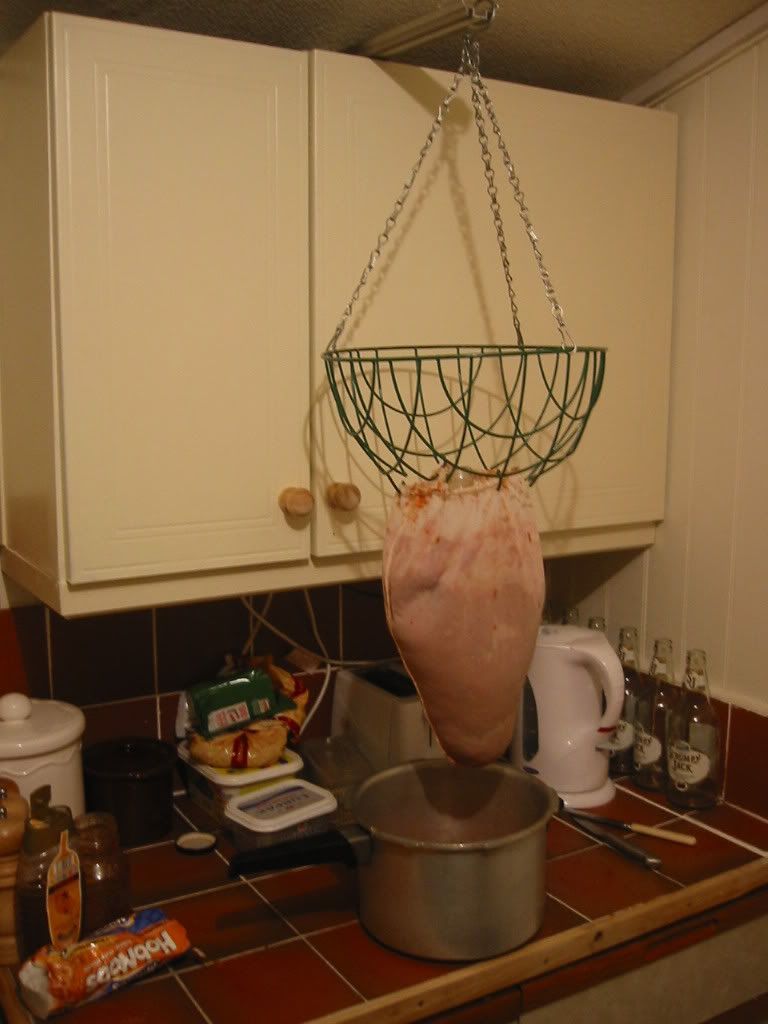
The origins of the settlement date to Roman times when salt from Nantwich was used by the Roman garrisons at Chester (Deva Victrix) and Stoke-on-Trent as both a preservative and a condiment. Salt has been used in the production of Cheshire cheese and in the tanning industry, both products of the dairy industry based in the Cheshire Plain around the town. Wich and wych are names used to denote brine springs or wells.







Long before the building was called a church there had been a chapel on the site under the control of Acton church. At that distant time there may have been a simple building erected in Anglo-Saxon times before the Norman conquerors arrived.in 1066.
About 1130 Acton church and Nantwich chapel were granted to Combermere Abbey run by a small group of Cistercians from France. For a hundred years monks came from the abbey to officiate in Acton and in Nantwich.
Around 1380 the present building was started. Masons came from Yorkshire and the red sandstone came from the Runcorn area. Money came from the abbey estates; through the religious gilds; and from wealthy people during the Hundred Years Wars in France.
Built in the Decorated style with later additions in the Perpendicular style the church is huge for such a small place as Nantwich was in the 14th century. Little wonder that it has been christened the `cathedral of south Cheshire.`
The oldest parts are the choir, chancel and nave(13th and 14th centuries) and less old, the 14th century transepts.
Features to look for are: the triple-canopied choir stalls; the misericords(carvings on the undersides of the choir seats - often quite amusing); the ribbed vaulted chancel ceiling; the faint remains of inscriptions (the Ten Commandments), high up on the east wall of the nave; and the effigies in the south transept. One is of Sir David Cradoc in alabaster.
After King Henry VIII ordered the dissolution of the monasteries in the 1530s the church changed from being Roman Catholic to Protestant or Church of England.


Weep, weep O Walsingam, Whose dayes are nightes,
Blessings turned to blasphemies, Holy deedes to dispites.
Sinne is where our Ladye sate, Heaven turned is to helle;
Sathan sitte where our Lord did swaye,
Walsingam, oh, farewell!